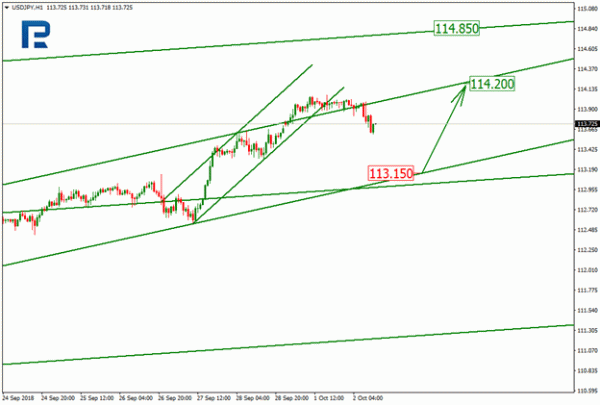On Tuesday afternoon, the Japanese Yen is rising against the USD and it seems that investors are showing a little bit of interest in “safe haven” assets for the first time in a long period. There are no reasons for stresses and massive sell-outs at the moment, but it can be clearly seen even now that investors’ interest in the Yen is growing.
It became known today that all major ministers of the Japanese government would stay on their positions. The Prime Minister of Japan Shinzō Abe said he would keep at least three politicians, who were involved in trade talks with the USA. Most likely, they are ministers for METI (Minister of Economy, Trade and Industry), Foreign Affairs, and Finance.
This is very important, because in the nearest future Japan will have to reach an agreement in trade talks with Washington in order to keep the economic balance: unlike China, which is very persistent in its resistance to the US trade aggression, Japan can’t afford to have such “trade wars”. It’s very essential for Japan to make the cars produced in the country available for export, because earlier both countries agreed on keeping duties on exports intact. However, the Japanese government understands that the Trump’s office may easily change their mind, that’s why Japan needs assurance that export duties on cars won’t be increased.
The statistics published today showed that the Consumer Confidence in Japan rose up to 43.4 points in September after being 43.3 points the month before and against the expected reading of 43.0 points. It’s a good signal: as a rule, the country’s population is very careful in estimating the economic outlook and everything that is happening in the Japanese economy.
The current demand for the Yen as a “safe haven” asset may be influenced by political aggression that comes from the White House.
After finishing the mid-term correction, USDJPY formed another impulse of the long-term uptrend. The H1 chart shows that the pair reached the resistance line of the mid-term ascending channel and rebounded from it. Apart from this, one can see that the price broke the support line of the short-term channel as well. Taken together, these factors indicate a correctional downtrend with the possible target near the support line of the mid-term channel at 113.15. After reaching it, the instrument may start forming a new rising wave with the targets close to the resistance levels at 114.20 and 114.85.













